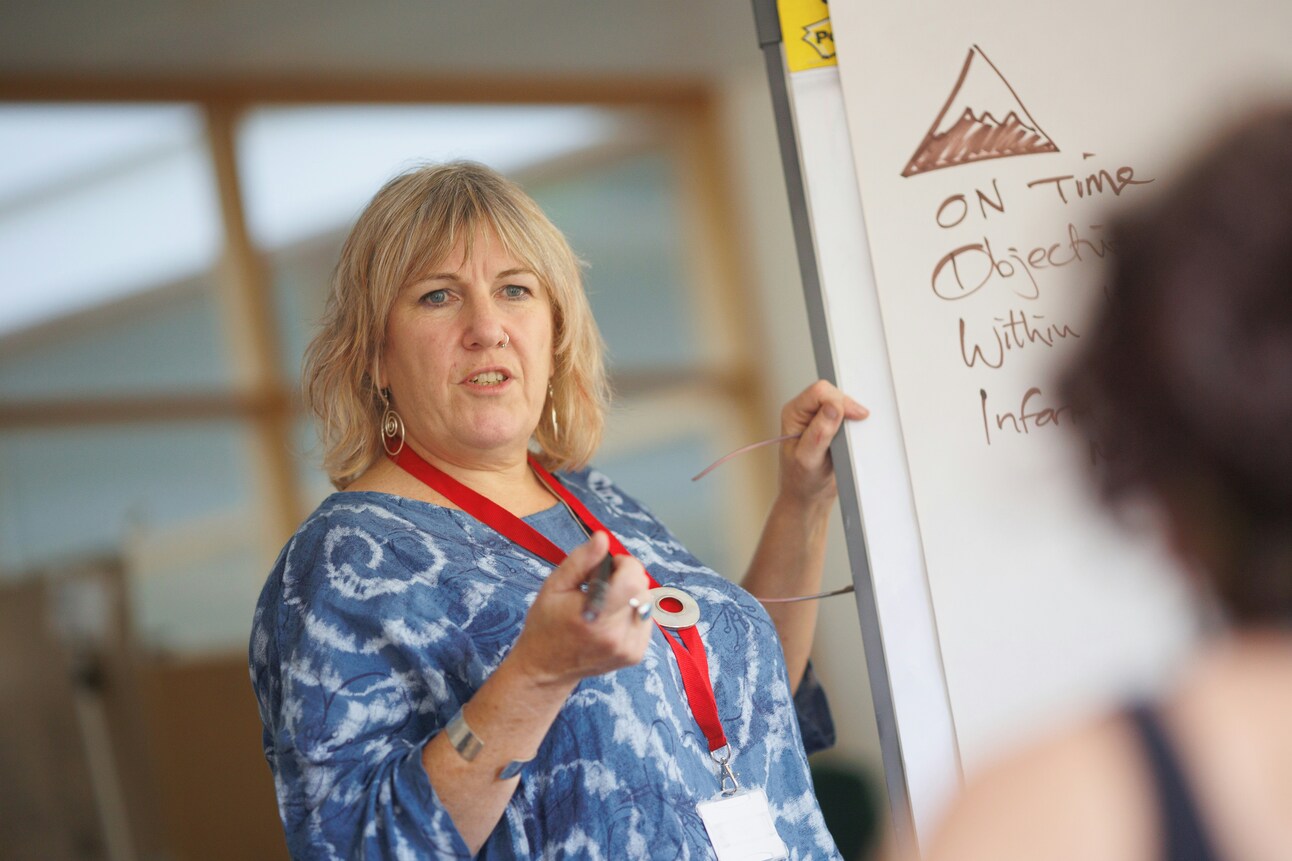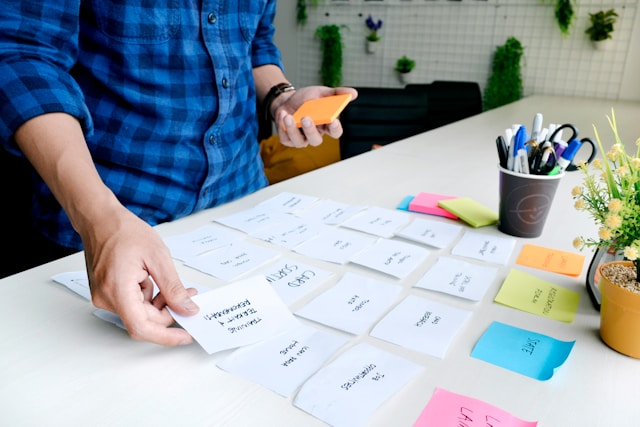Many of the educators I work with start their first edtech job as a part-time contract Professional Learning Specialist (or its close equivalent, Instructional Coaching), working either for a single company or multiple ones simultaneously.
What makes PLS a great bridge role between education and industry is that it is quite similar to what many educators are already doing in their schools. It requires no upskilling but simply expands that professional development work to a larger scale – many PLSs support multiple schools and are responsible not just for training and coaching but also manage the logistics for those relationships.
It’s also a role where 98% of the employees are current or former teachers. (At least for the sampling I took.) The other 2% typically comes from administration — technology specialists for a district or principals. PLS typically pay less than a principal can make moving into Customer Success, though, so you’re more likely to see them move into CSM roles. (Why? Because CS usually involves a lot more contract, renewal, and upsell tasks that administrators often have experience with.)
PLS is a part-time or a full-time role at most edtech companies. It provides a company with an on-going revenue stream after they’ve sold a curriculum product or program. It’s one of those upsells that the sales and customer success teams will encourage districts to purchase.
While the role sounds like a perfect transition, it poses some specific challenges that keep many educators from applying.
First, it typically requires a significant amount of travel. 50-75% is not at all uncommon for this role with trips often consisting of multi-day visits to schools across a state, region, or even nationally (esp with full-time roles). Some coaching does occur over Zoom but there’s a definite preference for in-person, multi-day sessions instead where the coach is offering a mix of workshops and coaching follow-ups with their staff a few times a year.
Second, it’s a heavily seasonal role, aligning with school’s professional development calendars. This means that the schedule is feast or famine instead of year-round (except for their highest performers). As you would expect, it’s quite busy in the late summer, early fall and much lighter at other points in the year. Educators who are looking for more hours (especially in the summer) contract with multiple companies at once.
Because of this scheduling bottleneck, companies hire and train a ton of PLS, many of whom will only be contracted for 20-30 days a year. Typically, the highest-performing summer/fall trainers are invited to work year-round and the majority of the contract work is clustered around the back-to-school season.
Anecdotally, I can tell you that some folks are contacted quite regularly – and can always ask for more work! – while others find they’re getting sporadic assignments. (I conducted a recent poll on LinkedIn to ask about this – but many of the people who responded don’t list their PLS work on their profiles so it’s hard to evaluate the results. They did track with the feast or famine model, though.) This doesn’t necessarily mean they aren’t high-performers — sometimes the scheduling just doesn’t work out for educators who are still in the classroom.
What’s in this issue:
- What tasks does a PLS do?
- How do I differentiate myself from other educators? (premium subscribers only)
- Tailoring Your Resume for these Roles (premium subscribers only)
- Preparing for the Take-Home Task (premium subscribers only)
- What is the typical salary for this position? What about logistics (travel, taxes, etc)? (premium subscribers only)
What does a PLS do?
I once read a PLS job description that included only a single sentence to describe the job responsibilities! The rest of the listing shared specific information about that company’s hourly rate, logistics (like travel reimbursements), and the availability of hours. That’s because most of these jobs have a very similar and very specific list of tasks.
These job tasks, most broadly are:
- Creating personalized plans for each school/district you work with (usually in collaboration with admin)
- Facilitating engaging, interactive workshops and trainings (in-person and online)
- Coaching educators in small groups (focusing on training and goal setting and problem solving) as well as modeling or co-teaching/planning
- Creating resource libraries
- Tracking data to indicate your impact and the impact of the programming/edtech product
- Managing the logistics related to multiple schools and trainings
This is what most educators who do Instructional Coaching in their own schools do as well so this is probably a fairly familiar list of responsibilities. And, as you’re writing your resume, these are probably the tasks you would include.
The Remainder of this article is for Paid Subscribers. Link to Subscribe coming soon!




